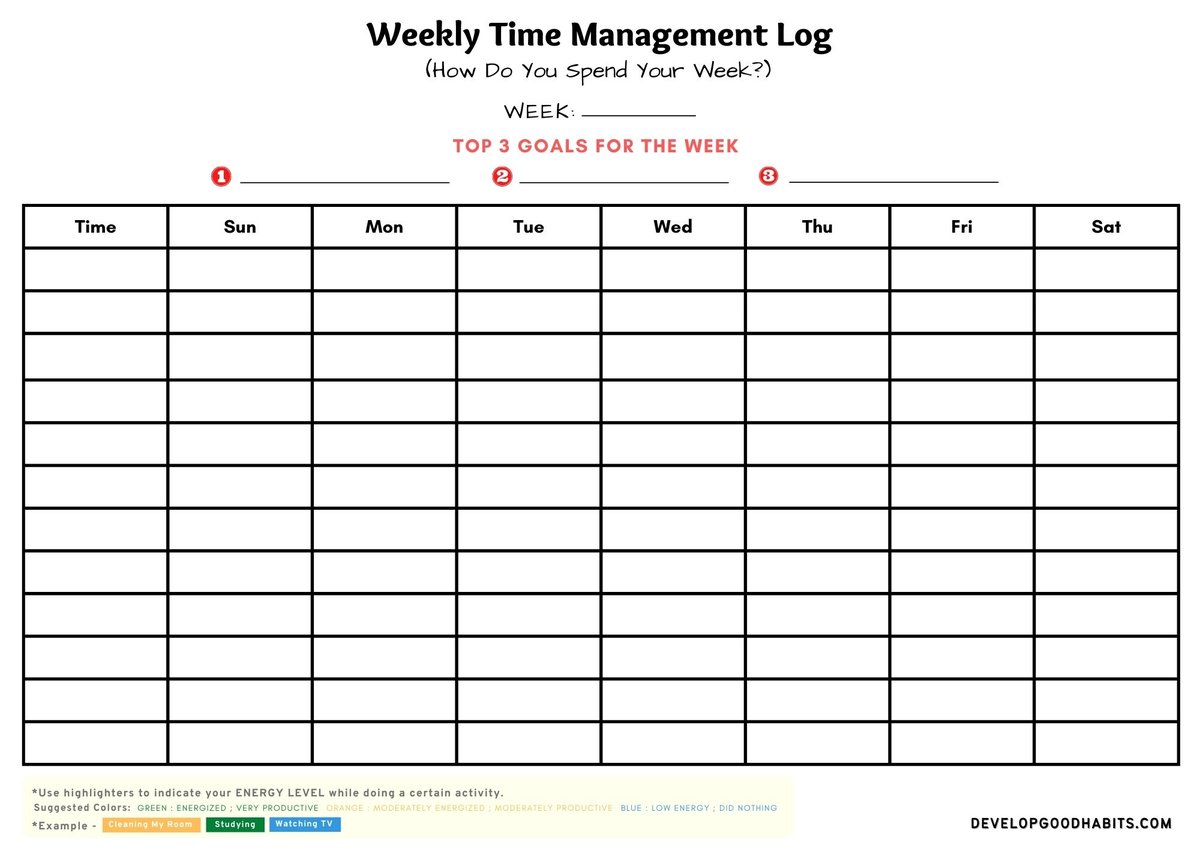Time Management Exercises For Managers: Boost Your Team’s Efficiency
Are your team’s deadlines feeling more like suggestions? Do meetings stretch on endlessly, devouring valuable work time? The solution isn’t longer hours, but sharper focus fueled by practical time management exercises for managers.
At a glance:
- Discover engaging exercises to make time management training stick.
- Learn how to identify and address common time-wasting traps in your teams.
- Get practical tools to help your team prioritize tasks and manage distractions.
- Uncover activities to foster collaboration and shared accountability.
- Implement exercises to improve planning, prioritization, and productivity.
Why Time Management Training Typically Fails (And How To Fix It)
Traditional time management training often falls flat because it’s theoretical and detached from the daily realities of managers and their teams. A dry lecture on prioritization techniques doesn’t translate into tangible improvements if it’s not reinforced with practical application. The missing ingredient? Active, engaging time management exercises.
Consider Sarah, a project manager whose team consistently missed deadlines. They’d attended a time management workshop, but their performance hadn’t changed. She realized the workshop lacked concrete exercises. By incorporating weekly “Prioritization Power-Ups” (a team exercise detailed later), they collaboratively tackled their task lists, leading to a 20% increase in on-time project delivery within a quarter.
The Strategic Value of Time Management Activities
Investing in time management training is not just about checking a box, it’s about cultivating a high-performance culture. As highlighted in the pillar article, Fun time management activities, these efforts provide a range of strategic advantages. Let’s look at the key areas.
- Heightened Time Awareness & Focus: It’s easy to lose track of where time goes. Exercises force deliberate tracking.
- Self-Reflection & Continuous Improvement: Activities prompt honest evaluation of habits, revealing areas for growth.
- Distraction Management: Identifying and mitigating interruptions becomes a team sport, not an individual struggle.
- Cognitive Function Boost: Strategic planning and prioritization exercises sharpen mental acuity.
Core Categories of Time Management Exercises
To effectively address diverse time management challenges, exercises should be categorized based on their objectives. Here’s a breakdown:
1. Icebreaker Activities: Build rapport, reduce anxiety, and get everyone engaged.
- Example: “Minute Estimation.” Have team members close their eyes and estimate when one minute has passed. The closest wins. This highlights subjective time perception.
- Benefit: Creates a relaxed atmosphere and introduces the concept of time awareness.
2. Life Skills Activities: Develop foundational time management habits applicable beyond the workplace. - Example: “The Mayonnaise Jar.” Use a jar, large rocks (important tasks), pebbles (less critical tasks), and sand (minor tasks). Fit everything in, demonstrating prioritization.
- Benefit: Reinforces the importance of prioritizing tasks and allocating time accordingly.
3. Team Collaboration Activities: Enhance communication, coordination, and shared responsibility. - Example: “Paper Boat Factory.” Teams race to produce the most paper boats in a set time, emphasizing efficient workflow.
- Benefit: Improves teamwork, coordination, and process optimization under time pressure.
4. Perspective-Shifting Activities: Instill appreciation for the value of time and its effective utilization. - Example: “How Would You Spend $86,400?” Allocate play money representing seconds in a day to various activities, highlighting opportunity cost.
- Benefit: Encourages mindful allocation of time and awareness of trade-offs.
5. Planning & Prioritization Activities: Sharpen skills in organizing tasks and managing time effectively. - Example: “Taking Blocks.” Use blocks representing different tasks, prioritize, and complete them within a set timeframe.
- Benefit: Develops strategic thinking, prioritization skills, and efficient task execution.
6. Senior Employee Activities: Maintain mental sharpness and promote engagement among experienced staff. - Example: “Card Sorting.” Sort a deck of cards by suit and number as quickly as possible.
- Benefit: Sharpens cognitive skills, reaction time, and focus.
Practical Playbook: Time Management Exercises for Managers
Here are several actionable exercises managers can implement immediately.
1. The “Urgent vs. Important” Matrix
- Concept: Based on Eisenhower’s Matrix, this exercise helps teams distinguish between urgent (demanding immediate attention) and important (contributing to long-term goals) tasks.
- How To: Draw a 2×2 matrix on a whiteboard. Label the quadrants: (1) Urgent & Important, (2) Not Urgent & Important, (3) Urgent & Not Important, (4) Not Urgent & Not Important. Have each team member list their tasks and categorize them within the matrix.
- Manager’s Role: Facilitate discussion. Challenge placements, ensuring alignment on what truly matters. Help team members delegate, schedule, or eliminate tasks based on their quadrant.
- Pitfall: Getting bogged down in semantics. Focus on the impact of the task, not just the label.
2. Time Audit & Reflection
- Concept: Individuals track their time for a week, then analyze where their time actually goes versus where they want it to go.
- How To: Provide team members with a time tracking template (spreadsheet or app). They record all activities in 15-minute intervals for a week. Then, they analyze the data: Where are the biggest time sinks? What activities could be eliminated or delegated?
- Manager’s Role: Lead a debriefing session. Share insights and best practices. Help team members create personalized action plans to reclaim wasted time.
- Pitfall: Reluctance to be honest. Emphasize that this is a no-judgment exercise focused on self-improvement.
3. The “Pomodoro Sprint” Challenge
- Concept: Work in focused 25-minute bursts (Pomodoros) with short breaks in between.
- How To: Introduce the Pomodoro Technique. Use a timer (online or physical) to work in 25-minute intervals with 5-minute breaks. After four Pomodoros, take a longer break (20-30 minutes). Encourage team members to experiment and track the number of pomodoros they completed in a day.
- Manager’s Role: Encourage the team to use this technique during specific project sprints. Help them identify tasks that are well-suited for this focused approach.
- Pitfall: Treating breaks as optional. Breaks are crucial for preventing burnout and maintaining focus.
4. Prioritization Power-Ups
- Concept: A weekly team meeting dedicated to collectively prioritizing tasks and addressing roadblocks.
- How To: At the start of the week, the team gathers to review individual task lists. Each member presents their top 3 priorities. The team collaboratively identifies dependencies, potential conflicts, and opportunities for support.
- Manager’s Role: Facilitate the discussion, ensuring everyone has a voice. Help resolve conflicts in prioritization and allocate resources effectively.
- Pitfall: Letting the meeting devolve into a status update. Keep the focus on prioritization and problem-solving.
5. “Meeting Makeover” Challenge
- Concept: Teams identify and eliminate time-wasting meeting habits.
- How To: Assign a team to audit a recurring meeting. They track attendance, agenda adherence, and time spent on each topic. Then, they propose changes to improve efficiency: shorter meetings, clearer agendas, designated facilitators, decision-making protocols.
- Manager’s Role: Empower the team to implement their proposed changes. Monitor the results and celebrate improvements.
- Pitfall: Resistance to change. Emphasize that the goal is to make meetings more productive, not just shorter.
Tools to Prioritize Team Tasks & Activities
Beyond specific exercises, these tools support ongoing time management efforts:
- Structured Scheduling: Use calendars and project management software to schedule tasks and deadlines.
- Task Prioritization: Implement frameworks like Eisenhower Matrix (Urgent/Important) or Pareto Principle (80/20 rule).
- Collaborative Tools: Leverage platforms like Slack, Asana, or Trello for seamless communication and task management.
- Focused Work Intervals: Encourage the Pomodoro Technique or similar methods for concentrated work.
- Time Tracking & Analysis: Utilize apps or spreadsheets to monitor time usage and identify areas for improvement.
- Distraction Management: Promote strategies to minimize interruptions, such as turning off notifications or designating “focus time.”
Quick Answers: Common Questions About Time Management
Q: What are the most effective time management exercises for senior managers?
A: Exercises focusing on strategic thinking and delegation, such as scenario planning or decision-making simulations, are highly effective. Activities that sharpen cognitive function, like puzzle solving or memory games, are beneficial too.
Q: How can time management training improve employee productivity?
A: It empowers employees to prioritize tasks effectively, understand the value of their time, adopt proven techniques, and become more self-directed. Studies suggest that even small investments in time management training can yield significant productivity gains.
Q: What are the key benefits of time management techniques for employees?
A: Employees gain greater control over their daily tasks, communicate more efficiently, avoid confusion or missed deadlines, foster a healthier work culture, and reduce stress.
Q: How can exercises be adapted for different teams or skill levels?
A: Simplify the activities for less experienced teams. Add complexity or strategic elements for more advanced groups. The key is to tailor the exercise to the specific needs and context of the team.
Q: What are the common challenges in implementing time management practices?
A: Resistance to change, inconsistent application of techniques, difficulty balancing flexibility and structure, procrastination, and poor adherence. Address these challenges with clear communication, ongoing training, and supportive leadership.
Time To Implement
Effective time management is a journey, not a destination. Start small, experiment with different exercises, and adapt your approach based on your team’s needs and feedback. The key is to create a culture where time is valued, distractions are minimized, and everyone is empowered to do their best work. Implement one of the exercises above this week. Track the results and refine your approach. You’ll quickly see the difference it makes in team productivity and morale.
- Doctor Work Life Balance: Proven Strategies for Physician Well-being - November 20, 2025
- Find Your Work-Life Harmony: Quotes for a Fulfilling Life - November 18, 2025
- CRNA Work-Life Balance: Strategies for a Healthier Lifestyle - November 16, 2025
















